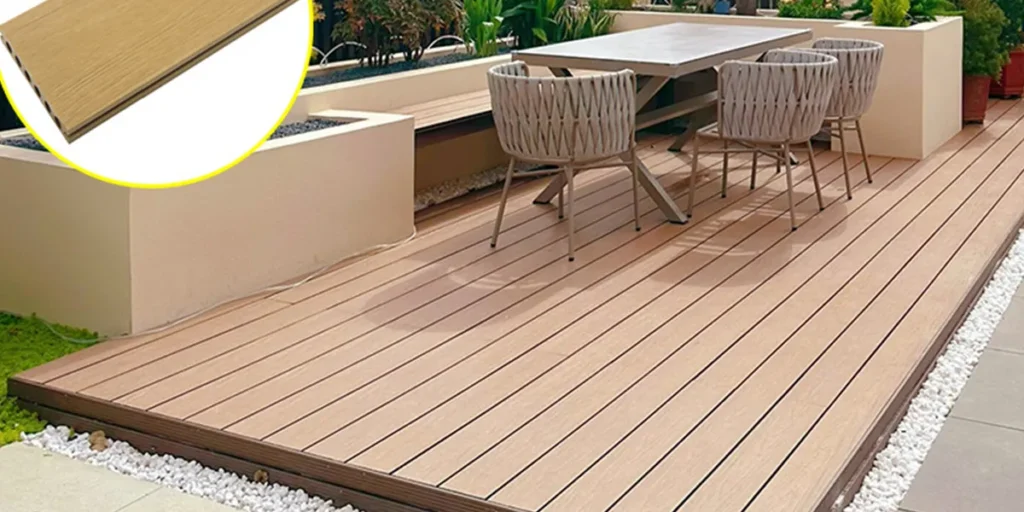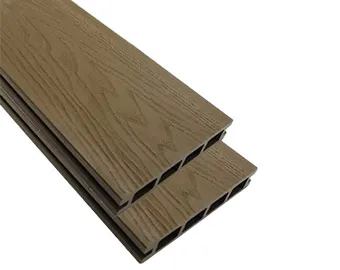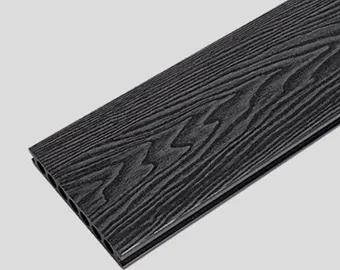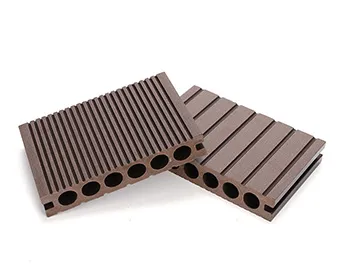The cost-effectiveness of WPC decking, when compared to traditional wood decking, becomes evident when considering the full lifecycle costs of both materials. Here’s a breakdown of how WPC decking can be more cost-effective in the long run:

Initial Cost
- Traditional Wood Decking: Generally has a lower initial purchase cost compared to WPC decking. However, the cost can vary widely depending on the type of wood chosen.
- WPC Decking: Typically has a higher upfront cost than traditional wood decking. This is due to the manufacturing process and the materials used, which are designed to provide greater durability and longevity.
Maintenance Costs
- Traditional Wood Decking: Requires regular maintenance, including staining, sealing, or painting to protect against weather, UV damage, rot, and insect infestation. These maintenance tasks not only incur material costs but also labor, whether it’s DIY or professionally hired.
- WPC Decking: Requires minimal maintenance, usually only needing occasional cleaning with soap and water. There are no additional costs for stains, sealants, or paints, and the labor associated with maintenance is significantly reduced.
Durability and Longevity
- Traditional Wood Decking: Even with diligent maintenance, traditional wood decking is susceptible to environmental wear and tear. Over time, it may warp, crack, splinter, or rot, leading to potential repair or replacement costs.
- WPC Decking: Engineered for higher resistance to the elements, WPC decking is less likely to experience warping, cracking, or rotting. Its durability means it can last much longer than traditional wood decking without the need for repairs or replacement.
Replacement Costs
- Traditional Wood Decking: Likely to require replacement or significant repair sooner than WPC decking due to its susceptibility to environmental factors.
- WPC Decking: With its longer lifespan, WPC decking may not need to be replaced for decades, whereas traditional wood decking may need to be replaced or undergo major repairs multiple times over the same period.
Environmental Costs
- Traditional Wood Decking: The need for regular maintenance and the potential for more frequent replacements contribute to a larger environmental footprint due to the use of stains, sealants, and the harvesting of new lumber.
- WPC Decking: Made from recycled materials and requiring less frequent replacement, WPC decking has a smaller environmental impact over its lifespan.
Long-Term Value
- Traditional Wood Decking: While it may be cheaper initially, the ongoing costs and shorter lifespan diminish its long-term value.
- WPC Decking: The higher initial investment is offset by lower maintenance costs, greater durability, and a longer lifespan, enhancing its long-term value.
In conclusion, while WPC decking may have a higher initial cost, its low maintenance requirements, durability, and longer lifespan can make it a more cost-effective option over time compared to traditional wood decking. Homeowners and commercial property managers looking for a long-term decking solution often find that the investment in WPC decking pays off in the form of reduced maintenance, fewer repairs, and longevity.



